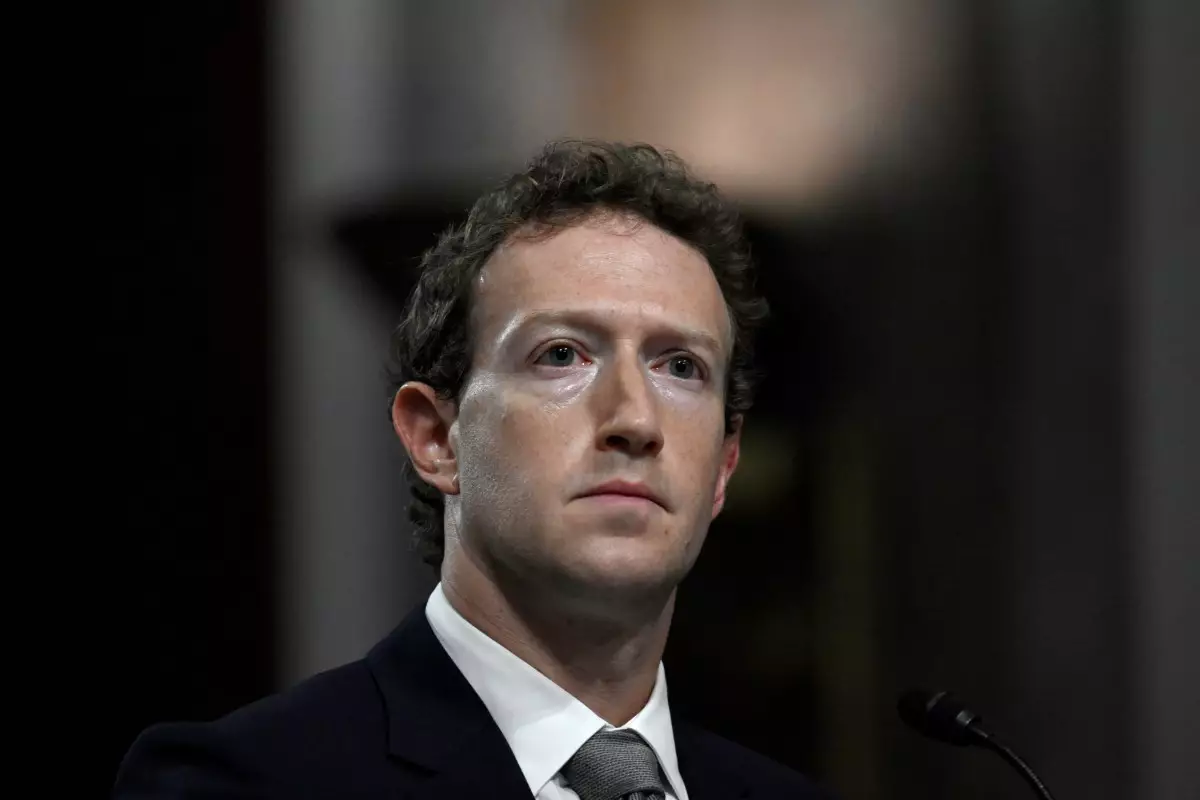In a groundbreaking decision, a federal judge has ruled in favor of Meta in a lawsuit initiated by notable authors including Sarah Silverman. This case illuminates the complexities existing at the intersection of technology and intellectual property rights, especially in the realm of artificial intelligence (AI). The ruling, delivered by Judge Vince Chhabria, asserts that the use of copyrighted texts for AI training can fall under the doctrine of “fair use.” In an era where AI is rapidly transforming the way we create and consume content, this legal framework could redefine the future landscape of copyright law.
Understanding “Fair Use”: More Than a Legal Shield
The essence of the fair use doctrine is the idea that certain uses of copyrighted material can be legally permissible without the copyright holder’s consent. Judge Chhabria’s decision provides a nuanced viewpoint: it does not give a blanket approval for all uses of copyrighted works in AI training. Instead, it emphasizes that fair use is contextual, requiring a careful analysis of the particulars inherent to each case. The judge’s assertion that the plaintiffs “made the wrong arguments” highlights the need for plaintiffs to provide strong, evidence-based claims when it comes to challenging AI companies’ practices.
This ruling serves as a tutorial for future litigants; understanding market impact and evidence gathering will be paramount for those looking to defend against the massive technological innovations that AI companies are capable of pursuing.
The Transformative Nature of AI Training
A pivotal point in Judge Chhabria’s ruling was the concept of “transformative use.” This implies that the AI models created by Meta do not simply replicate the authored works but rather use them as a foundation to create something new and distinct. In this context, the judge has underscored that creativity and innovation can often rest upon the ability to appropriate existing works while generating novel outputs. This transformative aspect could represent a crucial argument for tech companies battling similar lawsuits in the future.
Nevertheless, while this ruling lays groundwork for a more favorable climate for technology firms, it also opens a Pandora’s box of questions about what constitutes transformation. It moves us into a new age where qualitative changes are essential to deciphering legal battles over copyright claims.
Market Impact: The Missing Link in Legal Arguments
Judge Chhabria also pointed out a significant flaw in the plaintiffs’ case—namely, their failure to demonstrate how Meta’s use of their works harmed the market for their books. The judge’s assertion that the authors provided “no meaningful evidence” of market dilution reveals a glaring gap in how intellectual property holders may need to approach these challenges. For any future legal action against tech companies, demonstrating potential market harm or alterations due to AI applications will be key in legitimizing their grievances.
The technological landscape is evolving so rapidly that traditional metrics for measuring market impact may become inadequate. As AI becomes a common tool for content generation, authors and other creators will need to adapt and evolve their strategies to safeguard their rights.
A Cautionary Tale for the Creative Community
While the ruling might appear as a sweet victory for tech giants like Meta, it serves as a cautionary tale for creative professionals and the industries reliant on protecting their IP rights. With ongoing lawsuits involving other renowned entities like The New York Times and Disney, the legal discourse surrounding copyright is far from resolved. The varied outcomes from differing cases may lead to disparate standards, depending on the type of content at stake.
It begs the question: Are current copyright laws adequately prepared to tackle the complexities of AI? Judge Chhabria himself hinted at the vulnerability of markets associated with certain types of copyright, particularly news articles, alluding to a future where specific industries may need comprehensive reforms to combat the challenges posed by AI technologies.
The Future: Cooperation or Conflict?
The ongoing legal battles in the realm of AI signify not just conflicts but also opportunities for collaboration. The dialogue initiated between creators and tech companies around copyright—one that weighs innovation against the integrity of original work—holds the potential for novel frameworks that could harmonize the interests of both parties.
Creators may find themselves empowered to redefine their relationships with technology to inspire creative collaboration, rather than conflict. As the dust settles on these cases, the industry stands at a nexus where creativity can flourish amidst an evolving legal landscape, crafting a future that appreciates innovation while safeguarding the voices of original authors.

